SQL AS keyword is used to give an alias to table or column names in the queries. In this way, we can increase the readability and understandability of the query and column headings in the result set.
Read more »
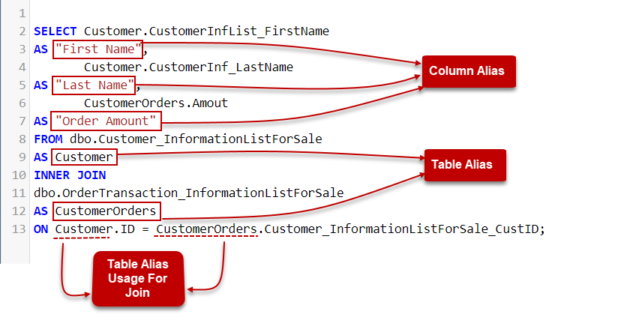


SQL AS keyword is used to give an alias to table or column names in the queries. In this way, we can increase the readability and understandability of the query and column headings in the result set.
Read more »

The best way how to explain what the INFORMATION_SCHEMA database is would be – “This is the database about databases. It’s used to store details of other databases on the server”. What does that mean, how we can use it, and what we can do with this data is the topic of today’s article.
Read more »

This article demonstrates different methods to attach SQL Server MDF files. First, let me explain about the database files.
Read more »
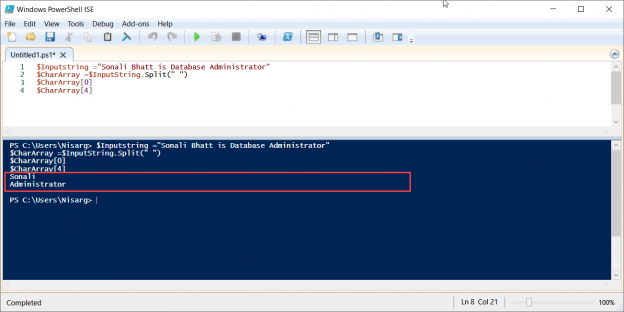
In this article, I am going to explain the PowerShell script to split a string into an array. Before I explain it, let me just give you a small introduction of the PowerShell and the PowerShell array.
Read more »

In my career, I’ve heard many times, things like “How to write a complex SELECT query?”, “Where to start from?” or “This query looks so complex. How you’ve learned to write such complex queries?”. While I would like to think of myself as of a brilliant mind or genius or add something like “query magician” to my social network profiles, well, writing complex SQL wouldn’t be the only thing required to do that. Therefore, in this article, I’ll try to cover the “magic” behind writing complex SELECT statements.
Read more »
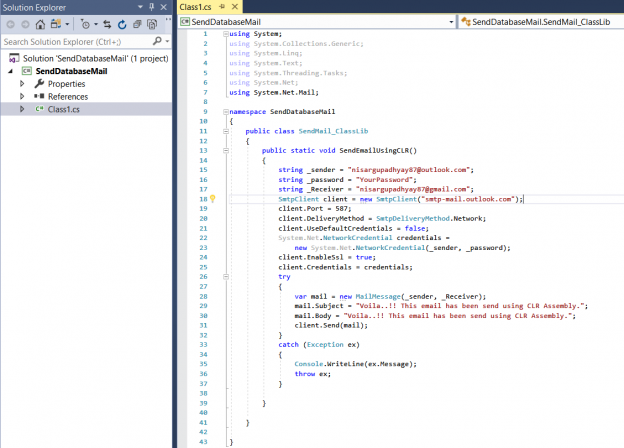
In this article, I am going to explain how we can send an email from SQL Server express edition using a CLR stored procedure. First, let me explain about the CLR stored procedures.
Read more »
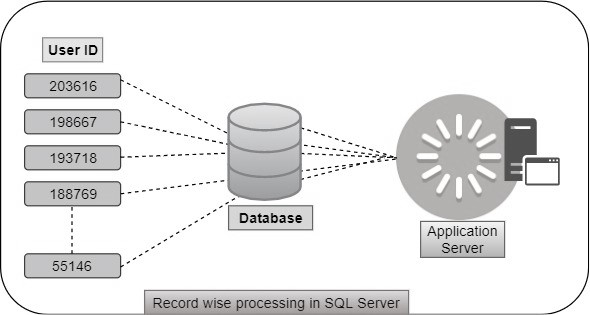
Database developers often need to convert a comma-separated value or other delimited items into a tabular format. Delimiters include pipe “|”, hash “#”, dollar “$” and other characters. SQL Server compatibility level 130, and subsequent versions, support a string_split() function to convert delimiter-separated values to rows (table format). For compatibility levels under 130, developers have previously done this with a user-defined function, which incorporates a While loop or Cursor to extract the data.
Read more »

Today, data is the basis of any business. The world of enterprise computing is the epitome of data-driven businesses. The importance of structured storage of data is unquestionably in the focus. And at this time, with the computing model quickly shifting towards the cloud, and storage costs falling rapidly, enterprises are leveraging data more and more to tune their businesses.
Read more »

SQL has many cool features and aggregate functions are definitely one of these features, actually functions. While they are not specific to SQL, they are used often. They are part of the SELECT statement, and this allows us to have all benefits of SELECT (joining tables, filtering only rows and columns we need), combined with the power of these functions.
Read more »

SQL join multiple tables is one of the most popular types of statements executed while handling relational databases. As known, there are five types of join operations: Inner, Left, Right, Full and Cross joins.
Read more »
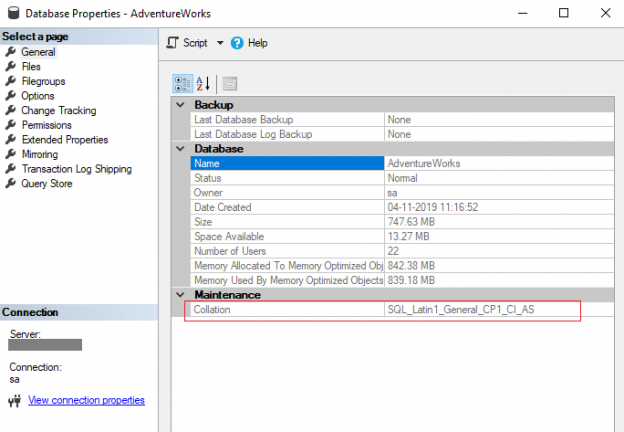
SQL Server collation refers to a set of character and character encoding rules, and influences how information is stored according to the order in the data page, how data is matched by comparing two columns, and how information is arranged in the T-SQL query statement. Collate SQL follows rules applied on a table when Select, Insert, Update or Delete operations are performed against contained data. Data always follows collation constraint rules, which are configured when creating an object.
Read more »

If you want to get something meaningful out of data, you’ll almost always need to join multiple tables. In this article, we’ll show how to do that using different types of joins. To achieve that, we’ll combine INNER JOINs and LEFT JOINs. So, let’s start.
Read more »

Microsoft SQL Server Server Management is an advanced development environment that enables us to configure, manage and administrate SQL Server database engines. SSMS is very popular and widely used by the database developers and administrators because of the following advantages:
Read more »
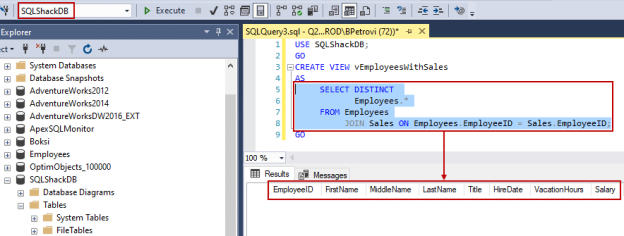
In this article, we are going to see how to use the CREATE VIEW SQL statement to create a view. This is the first article in a series that will be a programmatical approach of creating, altering and working with views using T-SQL. If you are a beginner and you don’t even know what a view is, don’t worry. We will kick off with a definition, and then move on to some basics like syntax, examples, use cases, etc.
Read more »

SQL cursor is one of the most popular database objects. It is used to retrieve data from the result set of an SQL query one row at a time. Even if the cursor is not recommended from a performance perspective, they are still widely used especially when handling a small amount of data.
Read more »

One of the most important things in databases is to understand the types of relations in the databases. That stands for both – a process of designing a database model as well as when you’re analyzing your data. Understanding these relations is somehow natural and not so complex but is still essential in the database theory (and practice).
Read more »
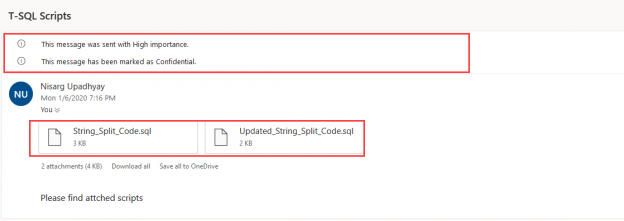
In this article, I am going to explain step by step process to perform Database Mail configuration in SQL Server Express edition using the T-SQL script. As we know, SQL Server Express edition does not provide the SQL Server Agent Services; hence we cannot perform Database Mail configuration or SQL Jobs or maintenance plans using SQL Server Management Studio. To configure the Database Mail feature in the SQL Server Express edition, we must use CLR integration or using stored procedures within the MSDB database.
Read more »
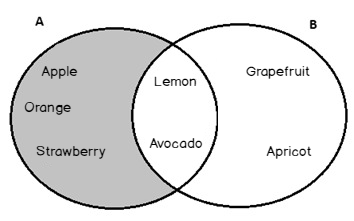
In this article, we will describe the relation between the Set Theory and SQL Server Set Operations
Read more »

I can hardly imagine making any complex database changes without using SQL scripts. We actually used them in this series so far, but we haven’t pointed out what they actually are. Today we’ll stand up against that injustice. Sit back, relax, and get ready to learn something new and useful.
Read more »
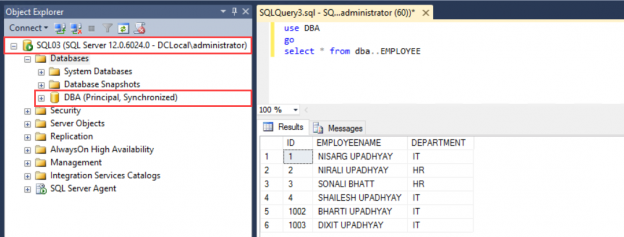
In this article, I am going to explain how we can use the SQL Server Express edition for the SQL witness server of the database mirroring setup. Database mirroring is a cost-effective and easy to configure high availability solution. Unfortunately, this feature has been deprecated, but still, some organizations use database mirroring as a high availability solution.
Read more »

INNER JOIN vs LEFT JOIN, that is the question. Today, we’ll briefly explain how both of these two join types are used and what is the difference. We’ll go through this topic again later when we’ll expand our model and be able to write much more complex queries.
Read more »
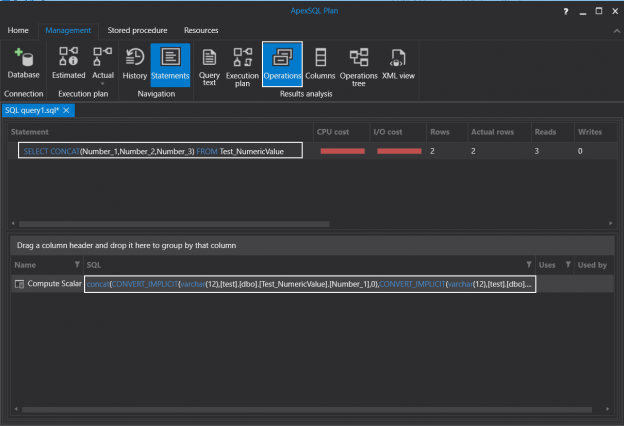
In this article, we will explore the syntax, working mechanism and other details of the CONCAT function in SQL and we will also make up various different examples about it.
Read more »

This article is a supplement to the previously published article, An overview of SQL String Functions . This time, we will describe another bunch of SQL string functions used in SQL Server.
Read more »

The SELECT statement is probably the most important SQL command. It’s used to return results from our database(s) and no matter how easy that could sound, it could be really very complex. In this article, we’ll give an intro to the SELECT statement and we’ll cover more complex stuff in the upcoming articles.
Read more »

One of the most asked questions is how to link an OLAP cube with a relational database, or in another way how to join the result of an MDX query with a table stored in a relational database.
Read more »© Quest Software Inc. ALL RIGHTS RESERVED. | GDPR | Terms of Use | Privacy